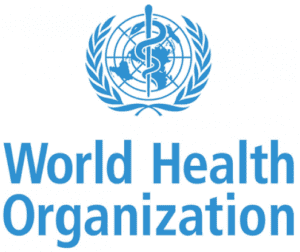What is healthy aging? Click here to learn more.
Every person – in every country in the world – should have the opportunity to live a long and healthy life. Yet, the environments in which we live can favor health or be harmful to it. Environments are highly influential on our behavior, our exposure to health risks (for example, air pollution or violence), our access to quality health and social care and the opportunities that aging brings.
Healthy aging is about creating the environments and opportunities that enable people to be and do what they value throughout their lives. Everybody can experience healthy aging. Being free of disease or infirmity is not a requirement for healthy aging, as many older adults have one or more health conditions that, when well controlled, have little influence on their well-being.
WHO defines healthy aging as “the process of developing and maintaining the functional ability that enables well-being in older age.” Functional ability is about having the capabilities that enable all people to be and do what they have reason to value. This includes a person’s ability to:
- meet their basic needs;
- learn, grow, and make decisions;
- be mobile;
- build and maintain relationships; and
- contribute to society.
Functional ability consists of the intrinsic capacity of the individual, relevant environmental characteristics, and the interaction between them.
Intrinsic capacity comprises all the mental and physical capacities that a person can draw on and includes their ability to walk, think, see, hear, and remember. The level of intrinsic capacity is influenced by several factors such as the presence of diseases, injuries, and age-related changes.
Environments include the home, community, and broader society, and all the factors within them such as the built environment, people and their relationships, attitudes and values, health and social policies, the systems that support them, and the services that they implement. Being able to live in environments that support and maintain one’s intrinsic capacity and functional ability is key to healthy aging.
Diversity: There is no typical older person. Some 80-year-olds have levels of physical and mental capacity that compare favorably with 30-year-olds. Others of the same age may require extensive care and support for basic activities like dressing and eating. Policy should be framed to improve the functional ability of all older people, whether they are robust, care-dependent, or in between.
Inequity: A large proportion (approximately 75%) of the diversity in capacity and circumstance observed in older age is the result of the cumulative impact of advantages and disadvantages across people’s lives. Importantly, the relationships we have with our environments are shaped by factors such as the family we were born into, our sex, ethnicity, level of education, and financial resources.
Healthy aging is the focus of WHO’s work on aging between 2015 – 2030. Healthy aging replaces the World Health Organization’s previous focus on active aging, a policy framework developed in 2002. Healthy aging, like active aging, emphasizes the need for action across multiple sectors and enables older people to remain a resource to their families, communities, and economies.

